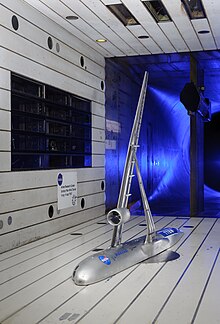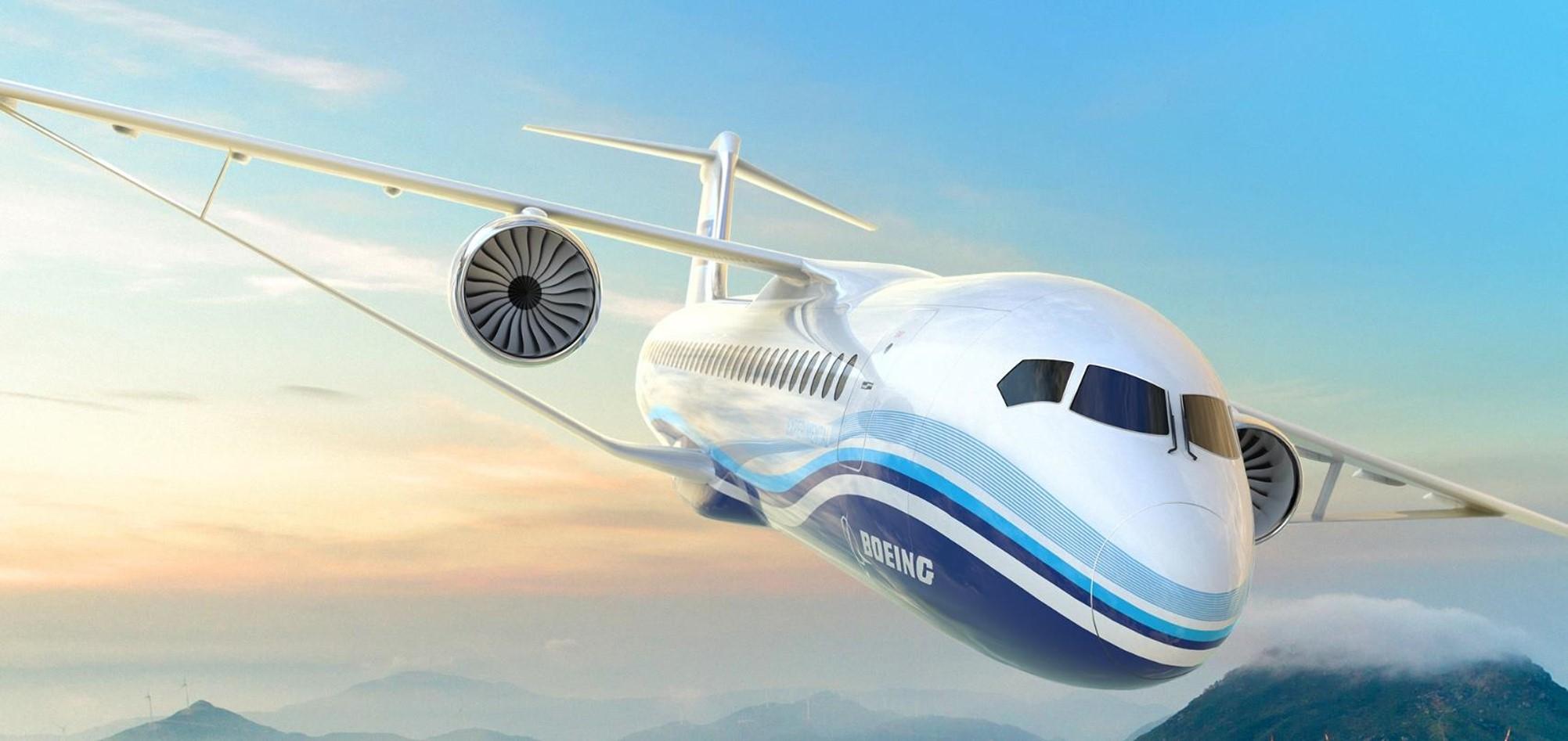The trussed wing is a relatively new concept. The basic premise of the design is long, slim wings with braces to prevent bending. While the high aspect ratio wings provide benefits (see Large Wings’ Role in Sustainable Aviation), these novel designs take up a lot of airport apron space. Though research has shown that carbon reduction could be 20-30%, it is unlikely to fly commercially within the next decade and a half.
The first ever large-scale prototype of the concept is set to be the X66-A. During initial testing at NASA Ames Center in 2019, wind tunnel tests consisted of a model with twenty degree swept wings with a span of 170 feet (when scaled). To maintain ICAO standards, the wings folded to 118 feet. According to the NASA website, emission reduction could be up to 30% of today’s best-in-class aircraft (787/A350). However, despite the project costing an eye-watering 1.1 billion USD, it is still around 11 times cheaper than the 787 family.

Can these wings be part of the push to stop climate change? Not so fast. Not only is this a prototype that will be completed in 2028, it also is not being pushed into production until the late 2030s. Nevertheless, to achieve the aviation world’s goal of net zero emissions by 2050, braced wings will definitely contribute significantly. Boeing, who is funding the X66-A project, has completed other folding-wing designs in the past (777-X) and has experience with implementing novel designs.
The trussed wing will certainly be a common feature in commercial flight by the 2040s. With industry and government support in this program, it is clear that the future of sustainable flight lies in thinking outside the box.

Can you be more specific about the content of your article? After reading it, I still have some doubts. Hope you can help me.
Adjani finally grabbed a short moment, and before the rapier fell, she pounced on Physician, Only then did Zagur see the original Golden Lion Knights, and his blood pressure medication hydro face changed drastically again where buy cytotec without prescription